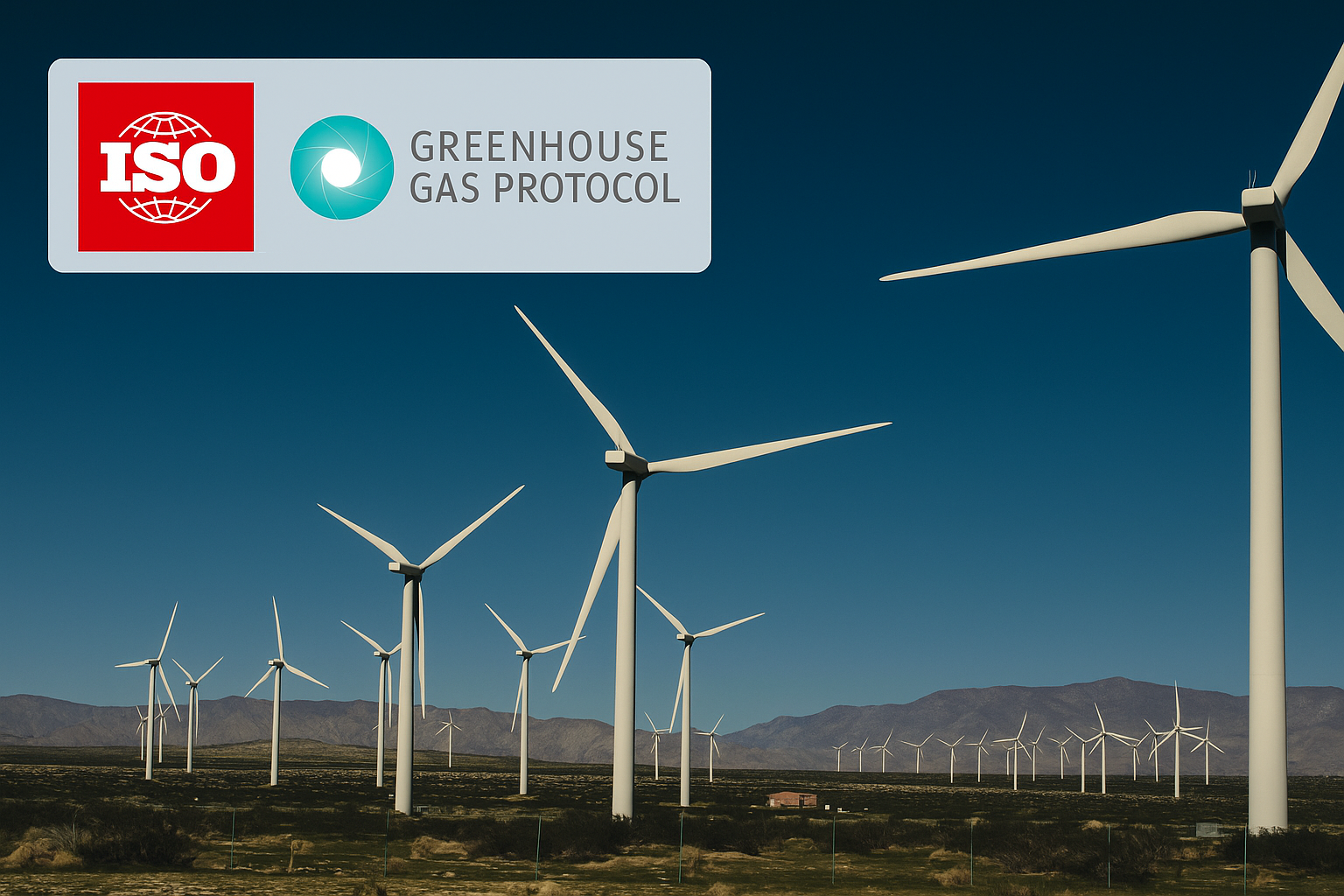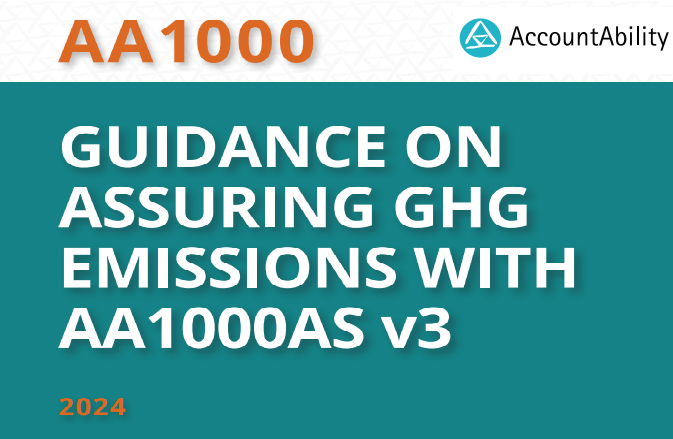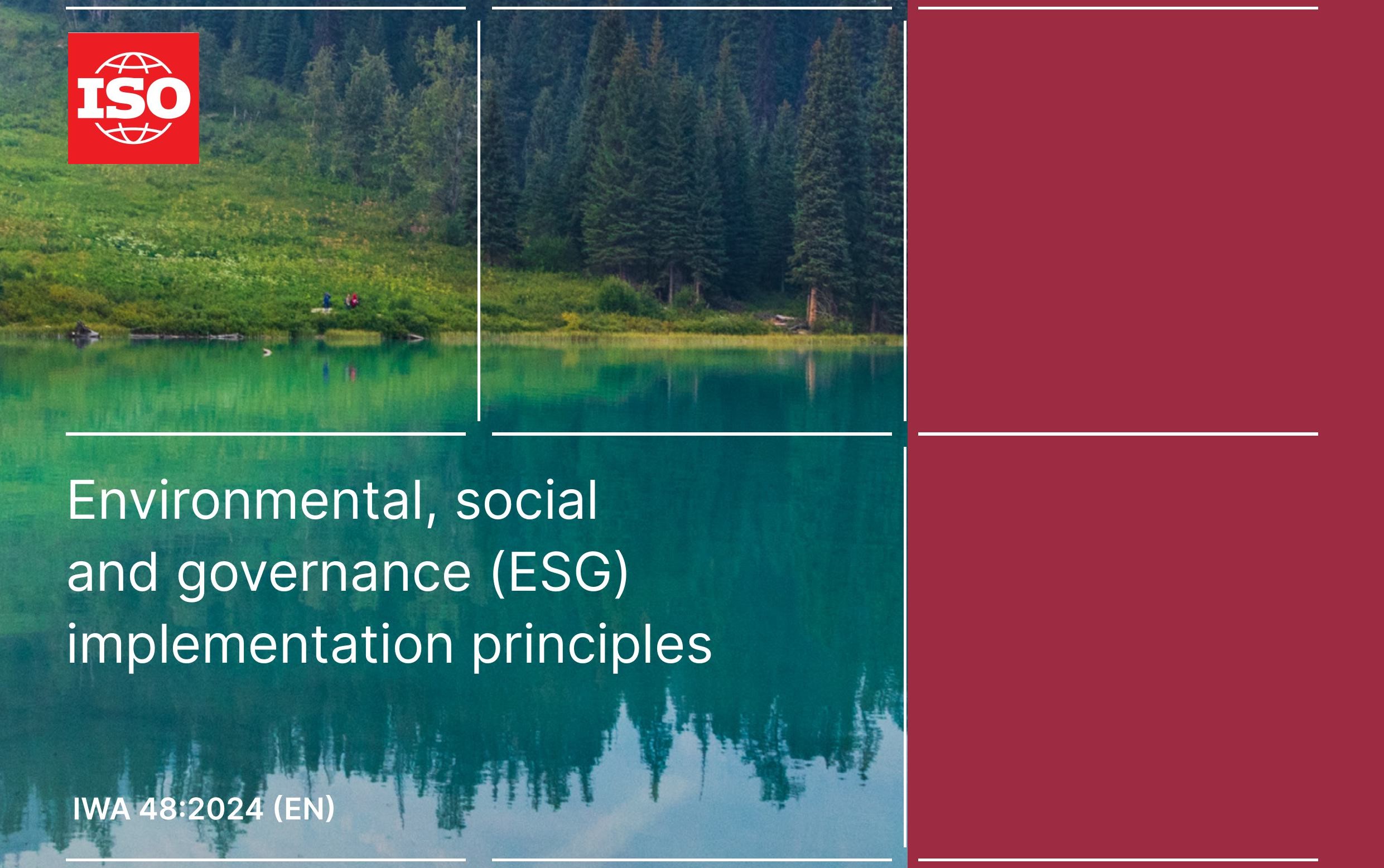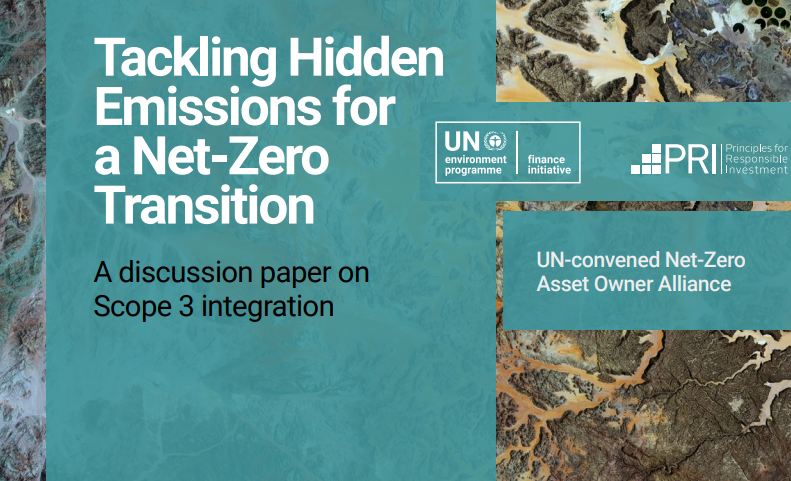ISO and GHG Protocol Align Carbon Accounting Standards
A new collaboration between ISO and the Greenhouse Gas Protocol aims to make their greenhouse gas (GHG) accounting standards work together. By pursuing compatibility between the ISO 1406X family and the Corporate Accounting and Reporting, Scope 2 and Scope 3 standards, it seeks more consistent, interoperable emissions data.

In September 2025, the International Organization for Standardization (ISO) and the Greenhouse Gas Protocol (GHG Protocol) announced a strategic collaboration to harmonise their greenhouse gas (GHG) accounting standards. The initiative responds to increasing demand for consistency in carbon reporting frameworks and aims to reduce methodological fragmentation across global markets.
Context: Parallel Frameworks, Diverging Requirements
Over the past decades, ISO and GHG Protocol have developed separate but widely used standards. ISO’s 1406X family of standards and GHG Protocol’s Corporate Accounting and Reporting, Scope 2 and Scope 3 standards each provide robust frameworks for GHG accounting. However, their differences in terminology, methodology and verification have made it difficult for companies to apply them in a streamlined and coherent manner.
Organisations operating across jurisdictions may encounter duplicated reporting efforts and challenges in applying different standards coherently. These issues have become more pressing as emerging regulatory initiatives, including Carbon Border Adjustment Mechanisms (CBAM) and anticipated supply chain disclosure requirements, raise the bar for emissions data quality and comparability.
Objectives of the Collaboration
The partnership is centred on two goals: aligning existing standards and jointly developing new ones. A particular focus is placed on product-level accounting and value chain emissions, where consistent methodologies are becoming increasingly important.
The organisations aim to establish compatibility between their respective standards, allowing users to apply one with confidence that it aligns with the requirements of the other. This is intended to reduce complexity in reporting workflows and to facilitate the more consistent and verifiable use of data across contexts, so that emissions disclosures can meet a wider range of stakeholder and regulatory expectations.
Implications for ESG Reporting
For companies, harmonisation offers a more efficient reporting process and a clearer path to meeting diverse disclosure requirements. It also strengthens the foundation for assurance and improves the comparability of emissions data across regions and sectors.
From an ESG standpoint, the move signals continued convergence in climate-related standards. As expectations around GHG disclosures become more formalised, alignment between these frameworks is positioned as a foundational step toward a more coherent global system for carbon accountability, according to both organisations.
Looking Ahead
The ISO–GHG Protocol partnership reflects a shift toward coordinated standard-setting in sustainability reporting. While the full technical alignment will take time, this announcement sets the groundwork for a more unified and practical carbon accounting landscape.



